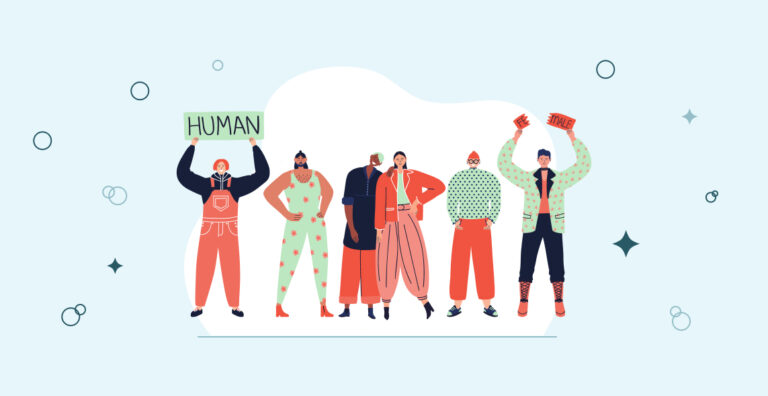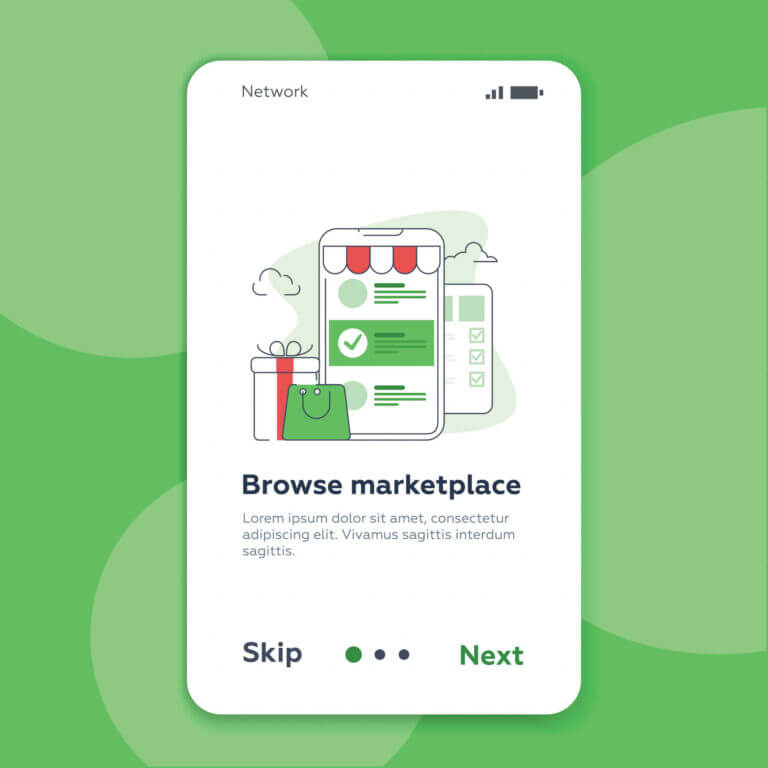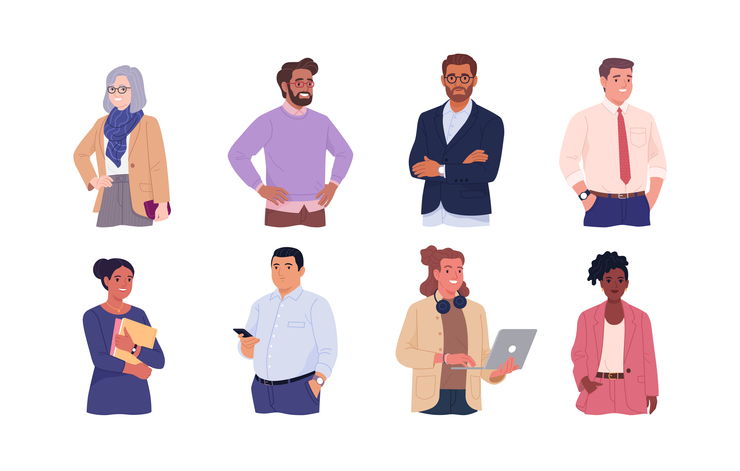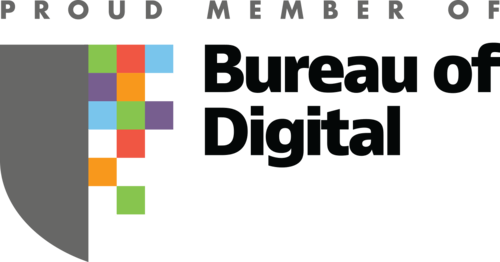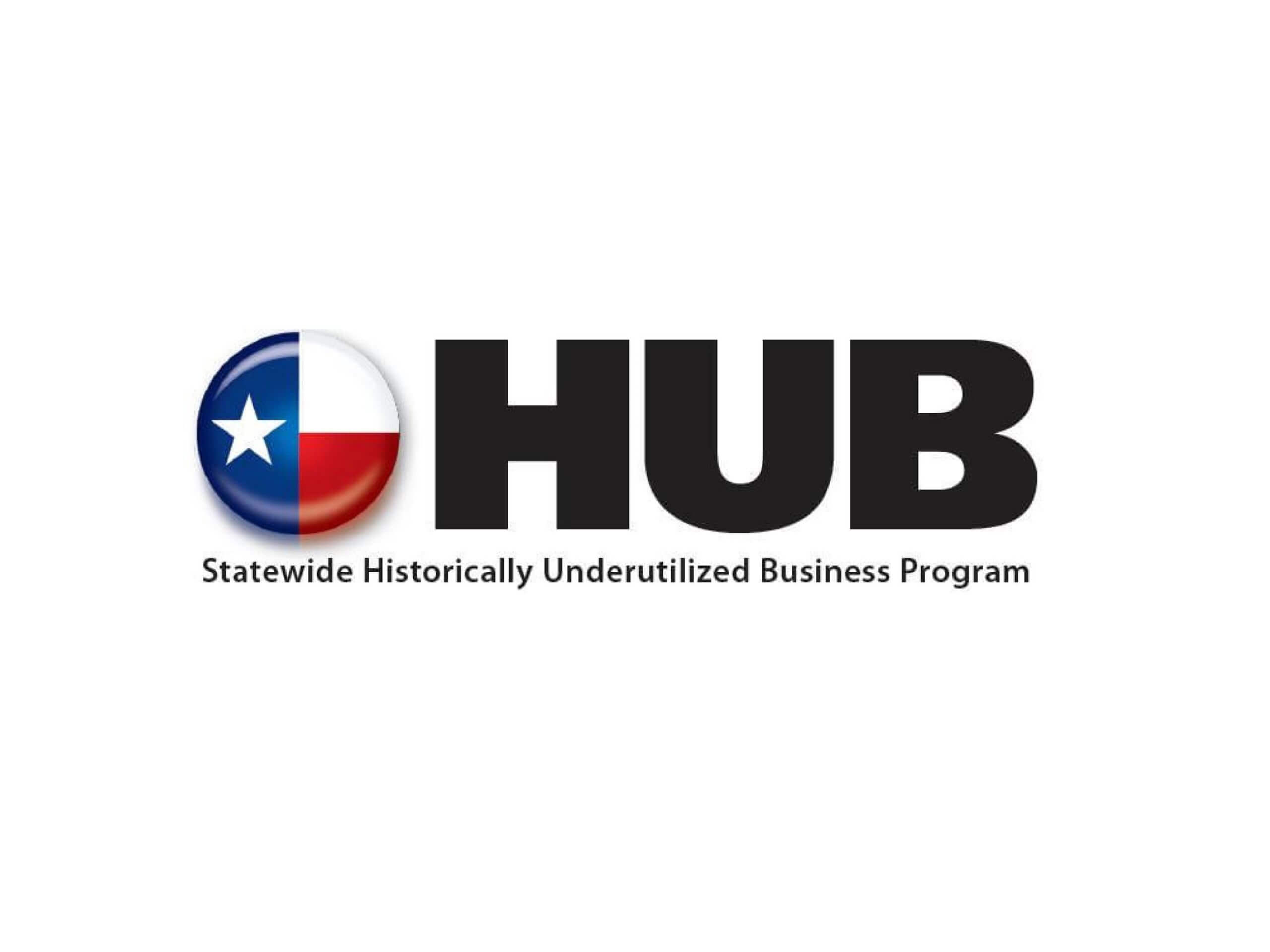
Designers get together to talk about challenges women face in design
In August of 2020, the Austin based meetup group, UX in ATX hosted a paneled discussion with women designers. The topic was, ‘Challenges Women Face in Design.’ Read below to review key discussion points from the meetup.
Check out the meetup recording below.
Panelists
- Sydney Terris – UX Designer at Activision’s studio, Raven Software
- Abigail Bravo – Cross-functional UI/UX Designer
- Christina Mortiz – UX Strategy and Research Manager at Crate and Barrel
The benefit of a career mentor
Mentors can help you experience exponential growth. They help to shape your professional foundation while offering a guiding hand. Finding a mentor that believes in you can be crucial for professional growth and is a great way to build your career. Mentors can share how to navigate workplace politics, how to strengthen habits, and can provide a platform so your voice can be heard in meetings. Additionally, a mentor can advocate for you and will provide a safe space to ask questions.
How to find a mentor
Be true to yourself, be open and authentic, and put yourself out there. By pursuing the things that you are passionate about, whether or not your passions are directly related to your industry, is a great way to find a mentor. Pursuing your passions provides a great foundation to build mentorship on. Additionally, reaching out to people you admire is another successful avenue to take. People are willing to share their experiences and you can take the applicable points and apply them to your own life. People are also willing to give back to the community because everyone has had a mentor who helped shape their careers.
Gender-related challenges in the workplace
Depending on the industry, it can be common to be the only female in the room or on the team. In certain situations, women have felt a lack of trust towards females on predominantly male teams. The expectations can be higher for women, especially in tech. Also, conversations between men that do not include women can be problematic because female coworkers can be left out. These issues can affect the workspace both physically and emotionally.
Additionally, the way that a woman physically presents herself in the workplace may impact how her work is perceived. The way women dress is emphasized more heavily and influences perception more than it does for men.
Lastly, men typically do not like sharing personal information in the workplace, which can feel restrictive to women who want or need that connection or outlet at work.
How to create positivity from toxic interactions
- Manage your emotions. Take a breath, contemplate whether it is worth reacting. By taking a moment to collect yourself, you can respond to toxic outbursts calmly. Calm responses are interpreted as more mature.
- Having an ally in a meeting helps create a platform to speak and be heard. If someone interrupts, an ally can interject and bring your voice back to the conversation.
- Don’t sit in the back of the room, take a power seat at a table. It is a power move and positioning yourself this way can create more respect while providing a confidence boost.
- If someone offers an opinion in opposition to yours, have some phrases that can be presented in a non-aggressive way. Such as, “Thank you for highlighting my point”. This can be a gentle way to help stand up for yourself without creating defensiveness.
Things the panelists wish they knew when they started out

- Be ok with failing hard and failing fast: Failing is the best way to achieve professional growth. Success is created from failure. Not knowing everything is ok, and failing is ok.
- You don’t need all the answers, and you don’t need to have it all figured out: You will not always have the answer and you don’t need to do everything all at once. Learning and growing is a journey, and it’s okay not to know everything.
- Lean into the things you are passionate about: Leaning into the things you are passionate about will ultimately provide a space for more creativity in your work. Giving yourself space to pursue passions ultimately reflects back into your work, especially in design.
How to balance imposter syndrome
- Imposter syndrome does not go away, so it is important to learn how to live with it.
- Glimmers of self-doubt are normal and that is where the growth happens. In those situations, go a bit deeper and research to learn more, which will provide more confidence.
- Balancing work life with personal accomplishments can also help you feel more balanced and can improve the way perceived work failures are internalized.
- Believe in yourself when imposter syndrome tells you not to.
We touched on imposter syndrome in the meetup, ‘How to get your first, second, or third job in UX’,. Read through the overview or find the video link to learn more about the points covered in the meetup. Also, here is an insightful article on ‘How to Overcome Imposter Syndrome’.
Gender diversity in the workplace

A lack of gender diversity in the workplace is one of the challenges women face in design. Creating an inclusive community is best achieved by having more diversity on a team. More team diversity provides a space for conversations relating to inclusivity to happen.
With that said, there may be situations that make you feel uncomfortable. When those situations occur, is it best to speak directly with the person who has made you feel uncomfortable. Oftentimes, it is best to think about a response before having the interaction so responses are not emotionally driven. It is important to note that these hard conversations are a place to talk about how you are feeling rather than what the person did. ‘I statements’ are a great way to share feelings about or bring awareness to how interactions are perceived. Check out this Wikipedia article to learn more about how to use ‘I Statements’ as a conflict resolution tool.
How to advance your career while being a mother, a woman, or a wife
- Work culture often influences work-life balance. Therefore, it is important to select a company that aligns with your personal values. Being true to yourself and knowing what you personally need to be happy should guide your professional path.
- Every time you start a job, you have an opportunity to redefine work-life balance. When starting a new job, you can choose to take on fewer responsibilities to ensure you are giving yourself the balance you need. Sometimes, not taking extra work allows for more time in your personal life. While it may be hard to turn down work, it is important to understand what your limit is to protect against burnout.
- It is important to recognize what your personal goals and values are. Once you have identified those, it is easier to align your life with things that fulfill you. Values widely vary from person to person — but understanding your values allows you to live in alignment with them. To discover your character strengths and personal values, take the ‘VIA Character Strengths Survey’.
Want to grow your network?
Join our Slack channel! UX in ATX: uxinatx.slack.com

